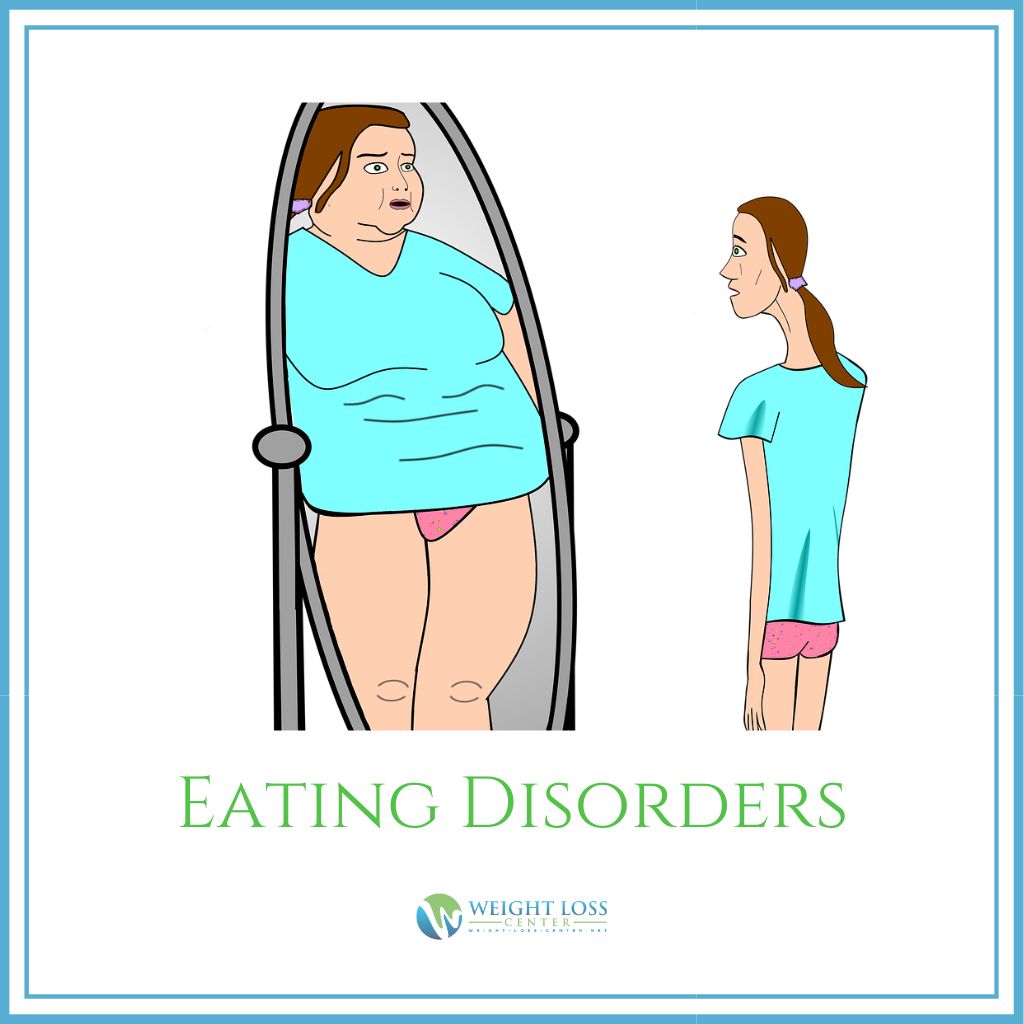
Eating Disorders
- Mental Health
- Hits: 6146
Eating disorders aren’t just a matter of choosing a diet that isn’t quite appropriate for you. Instead, it is a category of medical conditions in which you experience powerful compulsions for eating or avoiding eating in a way that negatively impacts your physical and mental health. They take a broad spectrum of forms, and it is vitally important to seek assistance from a healthcare professional. The longer these conditions are left untreated, the more widespread and severe their impact will be.
What Are Eating Disorders?
Eating disorders aren’t simply something an individual can choose to get over. They’re not simply a problem with food. They’re not a choice to be on a fad or toxic diet. Yes, there are a lot of dangerous choices that can be made in the name of weight loss and other goals, but these conditions are not the same as those uninformed decisions.
The compulsions to eat too much, eat hazardously or eat too little (or not at all) do not feel like a choice and are not based on rational decision-making. They are illnesses and for most people, medical assistance is the fastest and safest way to recover from them.
How Dangerous Are They Really?
It is critical to take eating disorders seriously. They are very dangerous and threaten the lives of a shocking percentage of sufferers. If you or someone you know might be suffering from a condition of this nature, it is very important to seek help.
Some of the statistics on eating disorders are very frightening, placing these conditions among the diseases with the highest mortality rate. Among mental illnesses, they are among those that patients are least likely to survive. Between 18% and 20% of sufferers will die from their eating disorder.
Anorexia alone is responsible for an annual death rate 12 times higher than that of all other mental health causes combined, for females in the 15- to 25-year-old age group. This has been the case for nearly two decades.
What are the most common types of eating disorders?
Millions of North Americans suffer from one type of eating disorder or another with 95% of inflicted between the ages of 12 and 25 years. The most common forms of eating disorders are Anorexia, Bulimia and Binge Eating or Compulsive Overeating/Binge Eating Disorder.
Anorexia
One percent of female teens develop anorexia, a condition where people deliberately starve themselves to death. People with anorexia are individuals who are obsessed with controlling their eating as a way of controlling their lives.
Bulimia
Bulimia involves cycles of uncontrolled binging and purging. A person with bulimia may deliberately induce vomiting on a regular basis to eliminate food that was consumed. It isn’t unheard of for the abuse of laxatives for a similar purpose, taking extreme amounts to force the body to purge all consumed foods. Four percent of college aged women experience bulimia and 50% of people who develop anorexia will also develop bulimia.
Binge Eating Disorder
Binge eating disorder (BED) or as it’s also known, compulsive eating is when excessive amounts of food are consumed, way beyond relation to hunger and even comfort. Those suffering from this eating disorder don’t want to keep eating but cannot stop themselves.
There are many other kinds of eating disorders, and it is not uncommon to have more than one at a time, or for one to transition/develop into another. If you suspect that you or someone else you know could be suffering from one or more of these conditions, seek medical assistance right away. There is a trustworthy resource linked at the bottom of this page to guide you to the expert help you need.
Do Men Also Suffer from Eating Disorders?
It has been believed for at least a decade that only ten percent of males develop eating disorders but a contradictory result was found in new research from the Harvard Medical School which suggests that men now make up to 25% of those affected. This still leaves women three times more likely to experience one or more of the common types of eating disorders.
Support and Care for People with Eating Disorders
People can and do get better with the right treatment over time. Without help, overcoming an eating disorder can be an overwhelming battle, but there are many professional resources who can offer effective support and care. Sadly, only about 1 in 10 people with an eating disorder receive treatment, although 30% to 40% of people do recover with appropriate help.
For more information about Eating Disorders, including education, resources and support to those affected by eating disorders, visit the National Eating Disorders Association.














